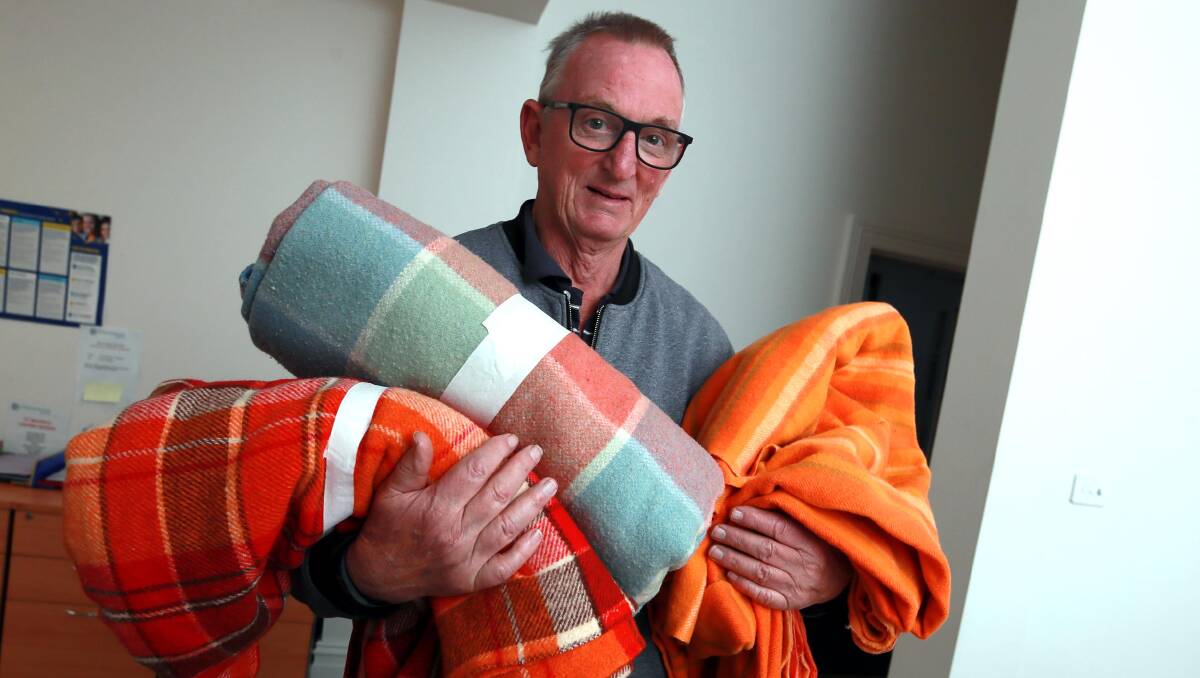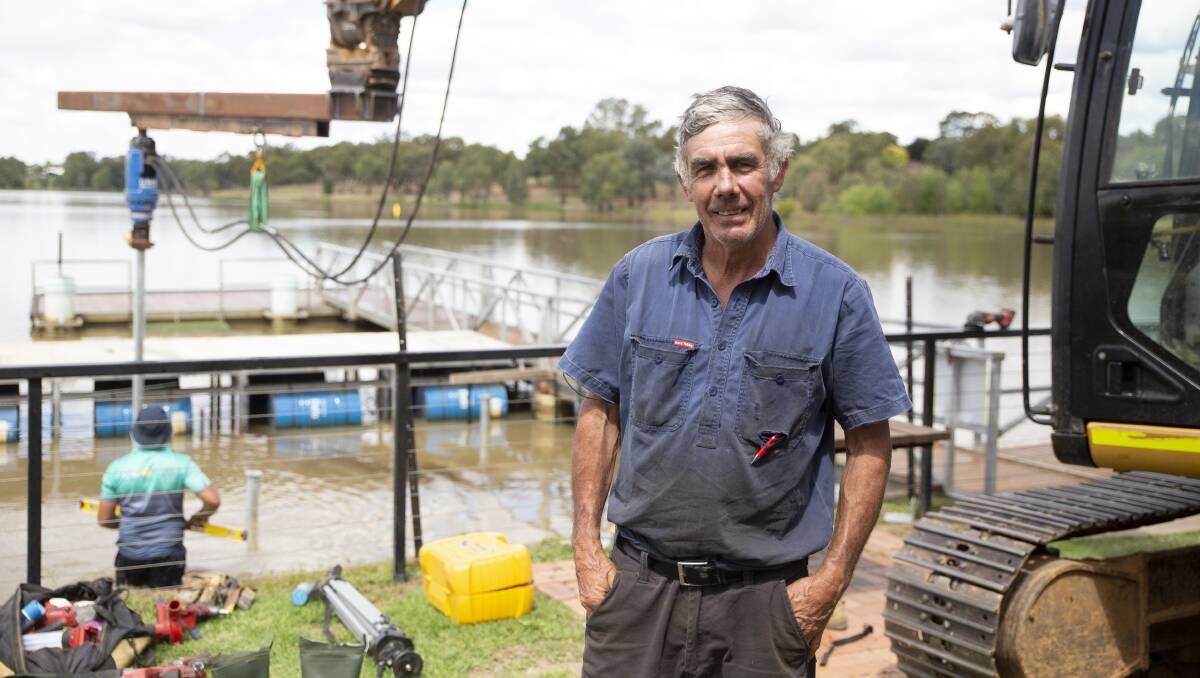- Affordable Housing
- Social Housing
-
About Us
- Learn About Us
- Our Vision & Values
- Client Value Proposition
- Corporate Governance
- Meet the Team
- Building Projects
- Our History
- Policies
- Strategic Plan 2022-2024
- Careers
- Thank you
- Inclusivity and Diversity
- Contractors EOI
- Contact

